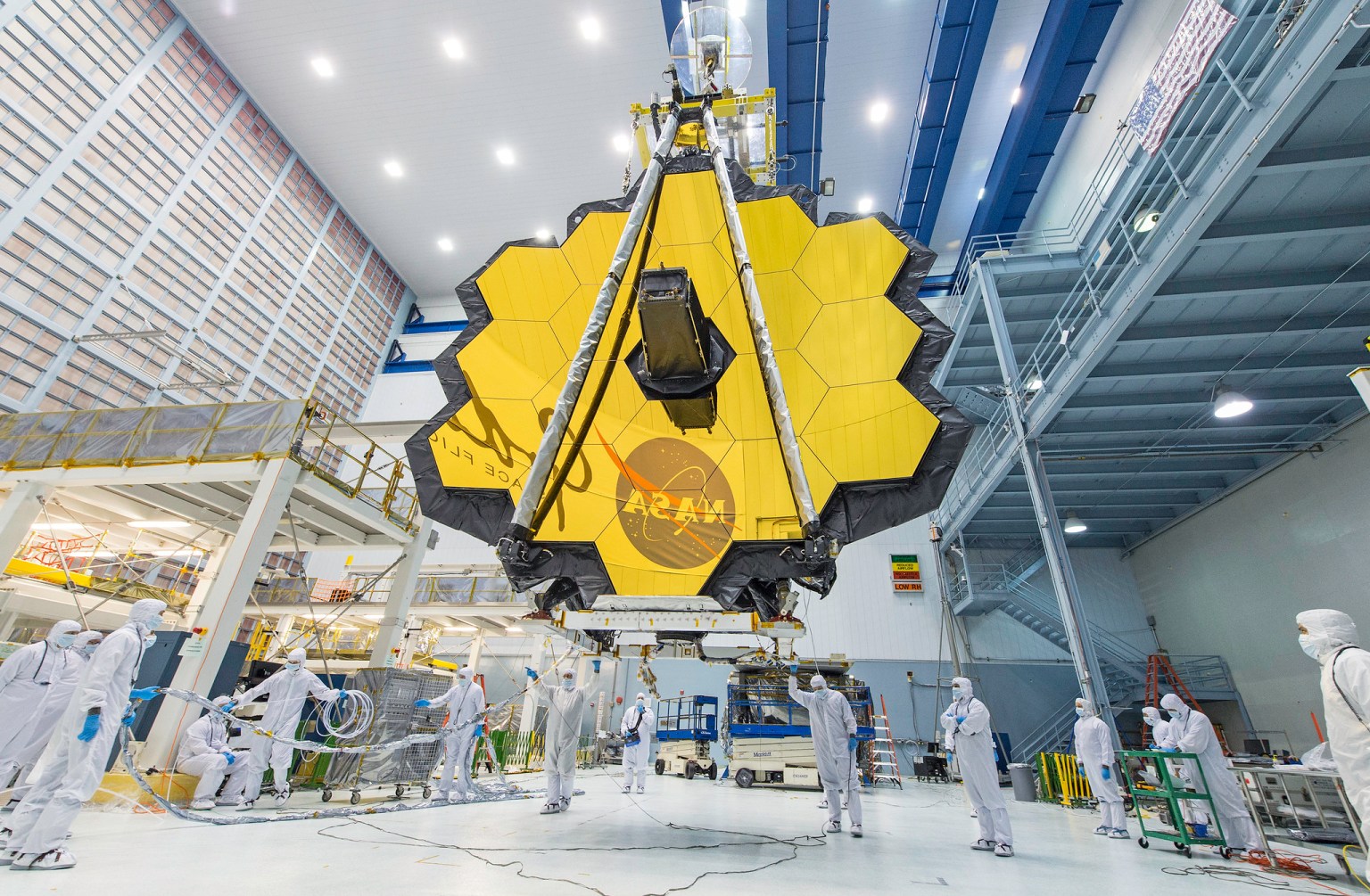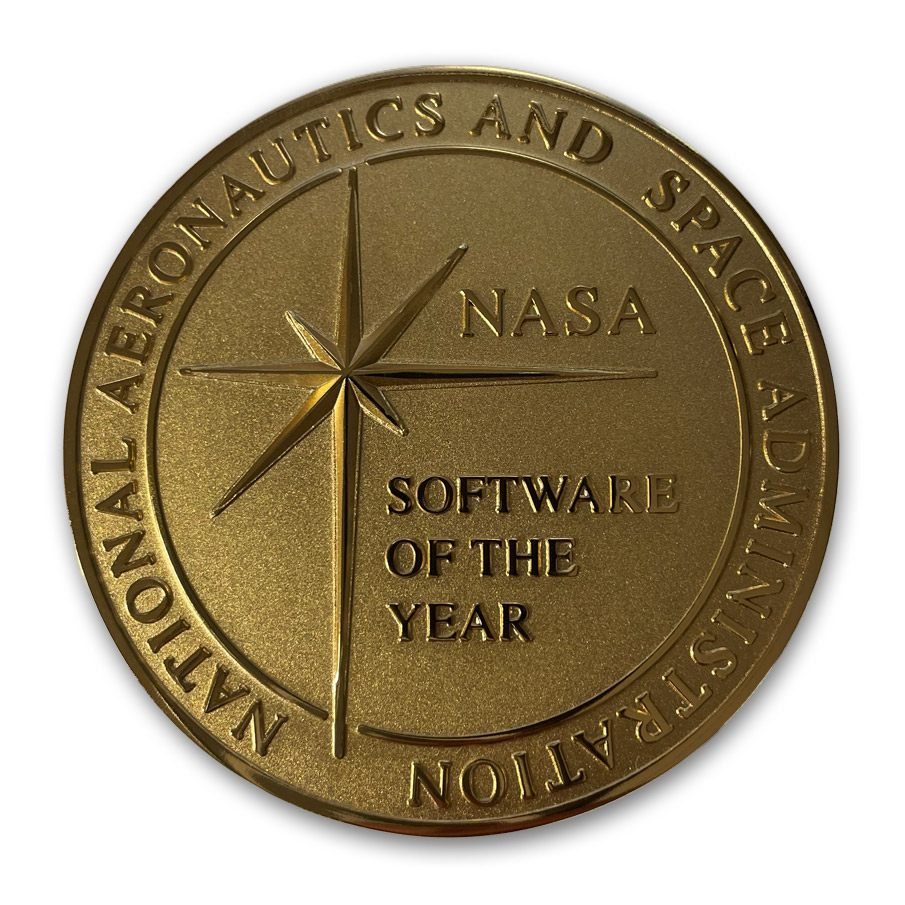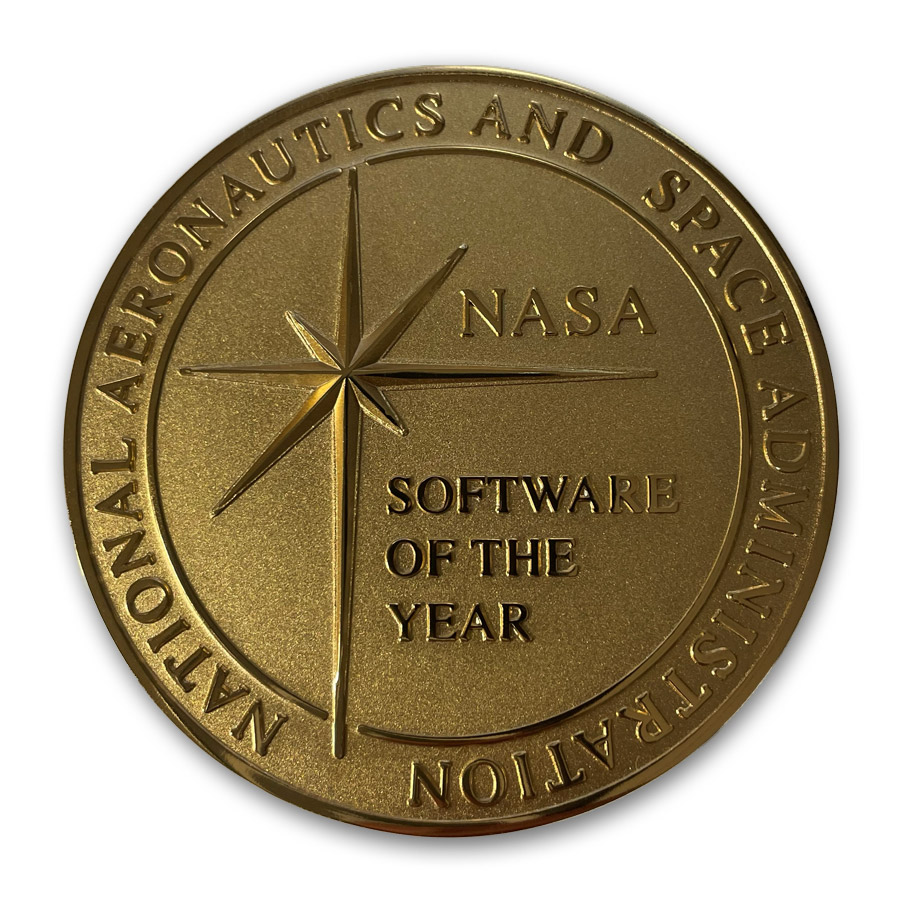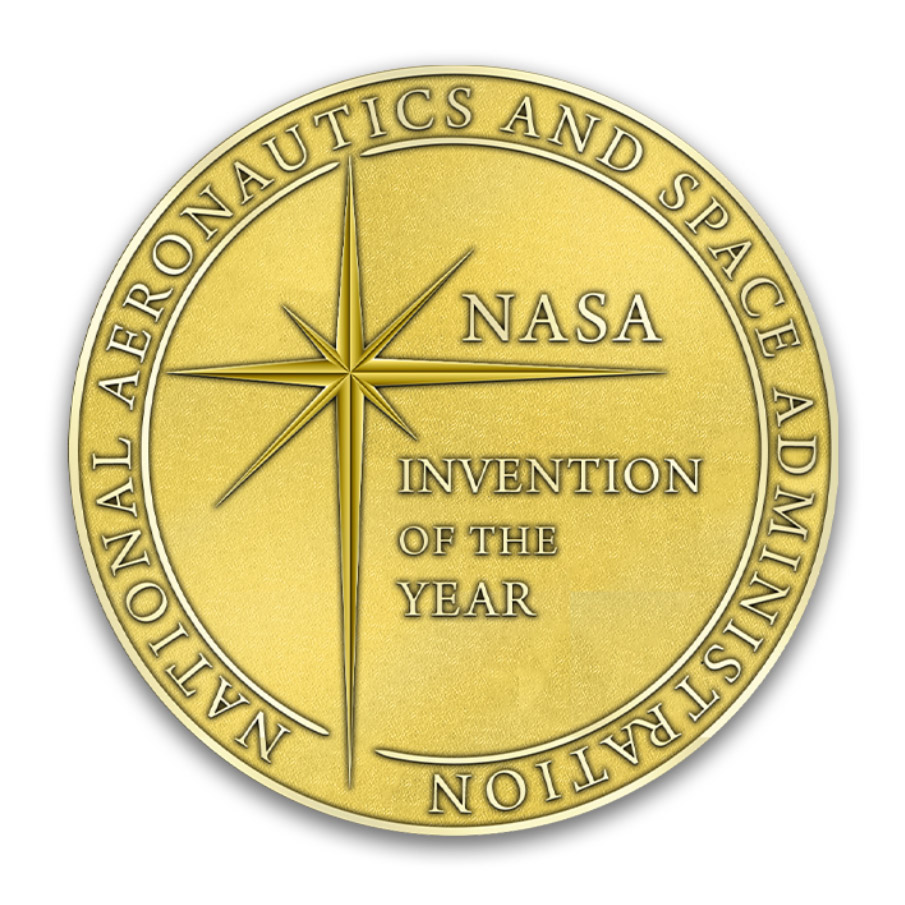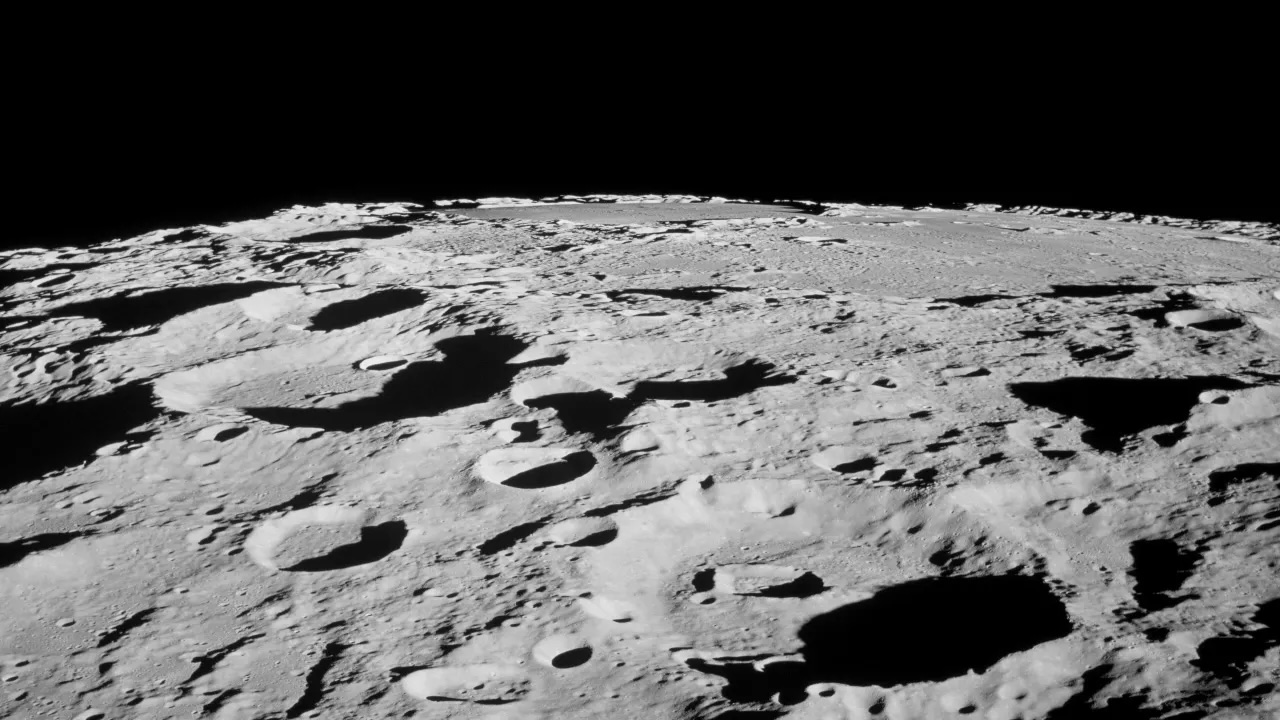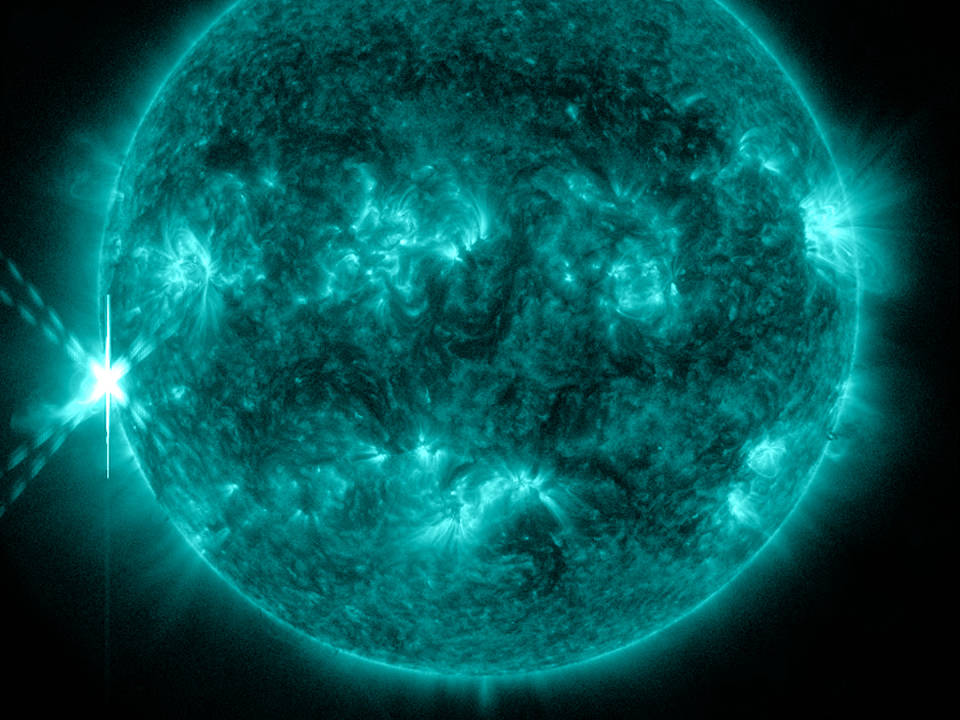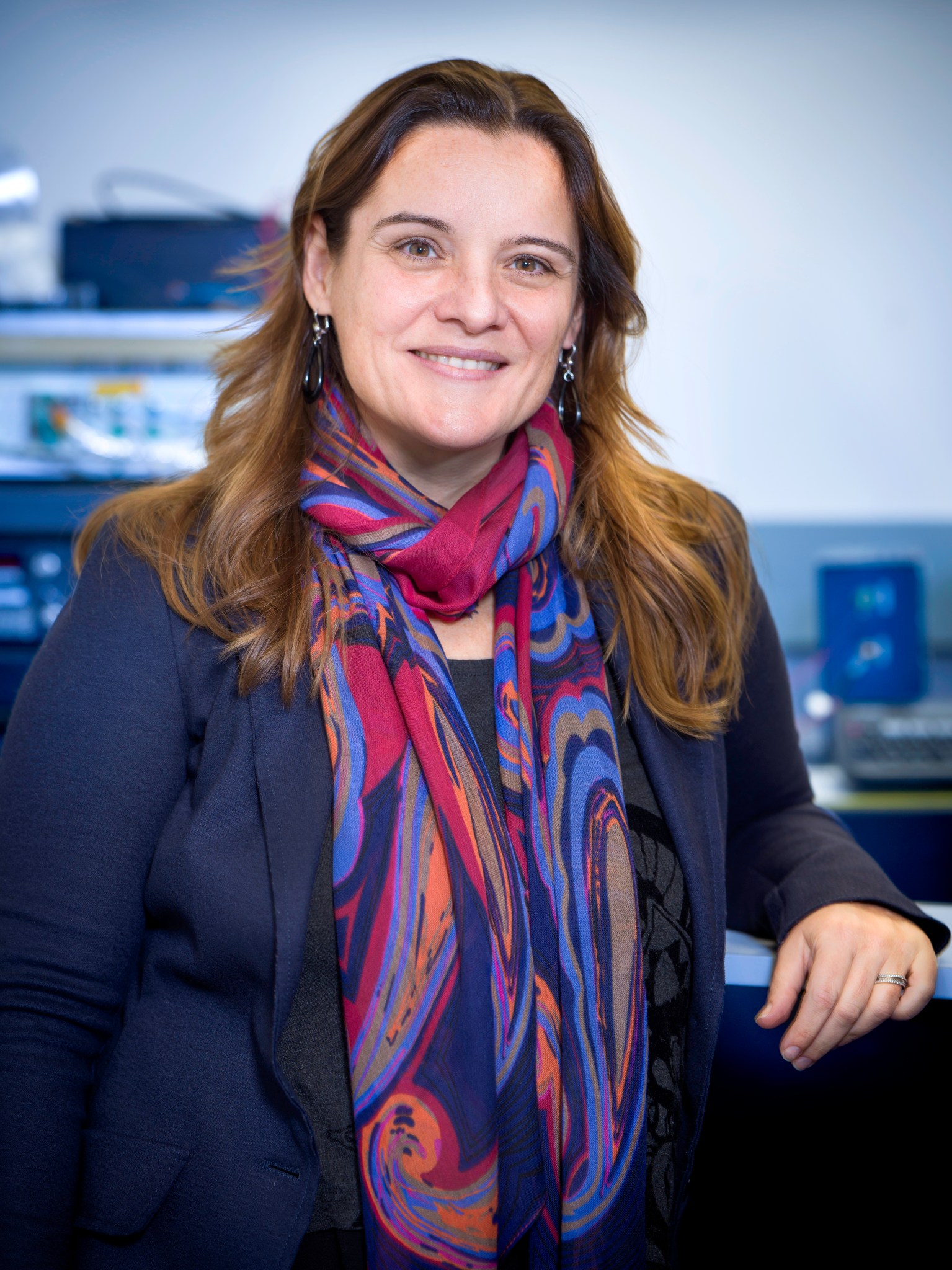4 Min Read The Macroeconomics of Space Symposium NASA technicians lift the James Webb Telescope Join OTPS and NASA’s Agency Chief Economist at the Macroeconomics of Space Symposium on September 5, 2024 NASA’s Office of Technology, Policy, and Strategy invites you to join us at the “Macroeconomics of Space Symposium” happening on Thursday, September 5, 2024, from 8:30 a.m. to 12:30 p.m. EDT in the James Webb Auditorium at NASA Headquarters and virtually via WebEx. OTPS is bringing together civil servants and leading researchers on the economic impacts of public…
Read MoreTag: Office of Technology, Policy and Strategy (OTPS)
2024 Software of the Year Co-Winner – Orbital Debris Engineering Model (ORDEM)
3 min read Preparations for Next Moonwalk Simulations Underway (and Underwater) NASA Johnson Space Center: ORDEM represents the state of the art in orbital debris models intended for engineering analysis. It is a data-driven model, relying on large quantities of radar, optical, in situ, and laboratory measurement data. When released, it was the first software code to include a model for different orbital debris material densities, population models from low Earth orbit (LEO) all the way to Geosynchronous orbit (GEO), and uncertainties in each debris population. ORDEM allows users to compute…
Read More2024 Software of the Year Award Co-Winner -Prognostics Python Packages (ProgPy)
4 min read Preparations for Next Moonwalk Simulations Underway (and Underwater) NASA Ames Research Center: ProgPy is an open-source Python package supporting research and development of prognostics, health management, and predictive maintenance tools. Prognostics is the science of prediction, and the field of Prognostics and Health Management (PHM) aims at estimating the current physical health of a system (e.g., motor, battery, etc.) and predicting how the system will degrade with use. The results of prognostics are used across industries to prevent failure, preserve safety, and reduce maintenance costs. Prognostics,…
Read More2024 Invention of the Year Winner – Thrust Chamber Liner and Fabrication Method
4 min read Preparations for Next Moonwalk Simulations Underway (and Underwater) NASA Marshall Space Flight Center: A thrust chamber assembly (TCA) is the critical and central component in a rocket engine that provides thrust to propel a launch vehicle into space. Since the 1960s, while small improvements in TCA performance have been made, little has been done to reduce weight, improve development timelines, and reduce manufacturing cost. This invention makes dramatic improvements in all three areas. This Thrust Chamber Liner and Fabrication Method technology eliminates complex, bolted joints by using 3D…
Read MoreNASA Sponsors New Research on Orbital Debris, Lunar Sustainability
3 Min Read NASA Sponsors New Research on Orbital Debris, Lunar Sustainability From lunar orbit, astronauts pointed cameras out the window of their spacecraft to capture photos of the moon's surface. Credits: NASA As part of NASA’s commitment to foster responsible exploration of the universe for the benefit of humanity, the Office of Technology, Policy, and Strategy (OTPS) is funding space sustainability research proposals from five university-based teams to analyze critical economic, social, and policy issues related to Earth’s orbit and cislunar space. The new research awards reflect the agency’s…
Read MoreNew Study Updates NASA on Space-Based Solar Power
3 min read Preparations for Next Moonwalk Simulations Underway (and Underwater) The sun emitted a significant solar flare, peaking at 2:14 p.m. EDT on Oct. 20, 2012 NASA’s Solar Dynamics Observatory (SDO) captured this image of an M9-class flare on Oct 20, 2012 at 2:14 p.m. EDT. Space-based solar power offers tantalizing possibilities for sustainable energy – in the future, orbital collection systems could harvest energy in space, and beam it wirelessly back to Earth. These systems could serve remote locations across the planet to supplement the terrestrial power transmission…
Read MoreSave the Date: Apophis 2029 Innovation (A29I) Listening Workshop
3 min read Preparations for Next Moonwalk Simulations Underway (and Underwater) These images of asteroid Apophis were recorded in March 2021 by radio antennas at the Deep Space Network’s Goldstone complex in California and the Green Bank Telescope in West Virginia. The asteroid was 10.6 million miles (17 million kilometers) away, and each pixel has a resolution of 127 feet (38.75 meters). Credit: NASA/JPL-Caltech and NSF/AUI/GBO Save the Date Apophis 2029 Innovation (A29I) Listening Workshop February 7, 2024 Please refer to this web page for any updated information OVERVIEW: NASA’s…
Read MoreNASA’s Agency Chief Technologist presents their first annual year-in-review for 2023
1 min read Preparations for Next Moonwalk Simulations Underway (and Underwater) OTPS shares an annual letter from the Agency Chief Technologist (ACT), updates on various studies in the technology domain within OTPS, overviews of the center chief technologists, and vignettes of various technology projects across the agency. Read the full report, A Year in Review 2023 from NASA’s Agency Chief Technologist. Share Details Last Updated Dec 27, 2023 Editor Bill Keeter Related Terms Office of Technology, Policy and Strategy (OTPS)
Read MoreOTPS Releases its 2023 Annual Report
1 min read Preparations for Next Moonwalk Simulations Underway (and Underwater) NASA’s Office of Technology, Policy, and Strategy, shares highlights from the office in 2023, including key accomplishments and collaborations that support the NASA mission. Read the full report, NASA’s OTPS: A Year in Review 2023 Share Details Last Updated Dec 27, 2023 Editor Bill Keeter Related Terms Office of Technology, Policy and Strategy (OTPS)
Read MoreNASA Researcher Honored by Goddard Tech Office for Earth Science Work
Earth science researcher Dr. Antonia Gambacorta earned the 2023 Goddard IRAD Technology Leadership award for pioneering new ways to measure lower layers of Earth’s atmosphere from space. The award from the chief technologist of NASA’s Goddard Space Flight Center in Greenbelt, Maryland, recognizes Gambacorta’s work demonstrating how hyperspectral microwave sounding, the measurement of hundreds of thousands of wavelengths of microwave light, could dissect Earth’s atmospheric planetary boundary layer (PBL). She also conceptualized a microwave photonics radiometer instrument to reveal these measurements. NASA / Christopher Gunn The part of Earth’s atmosphere…
Read More